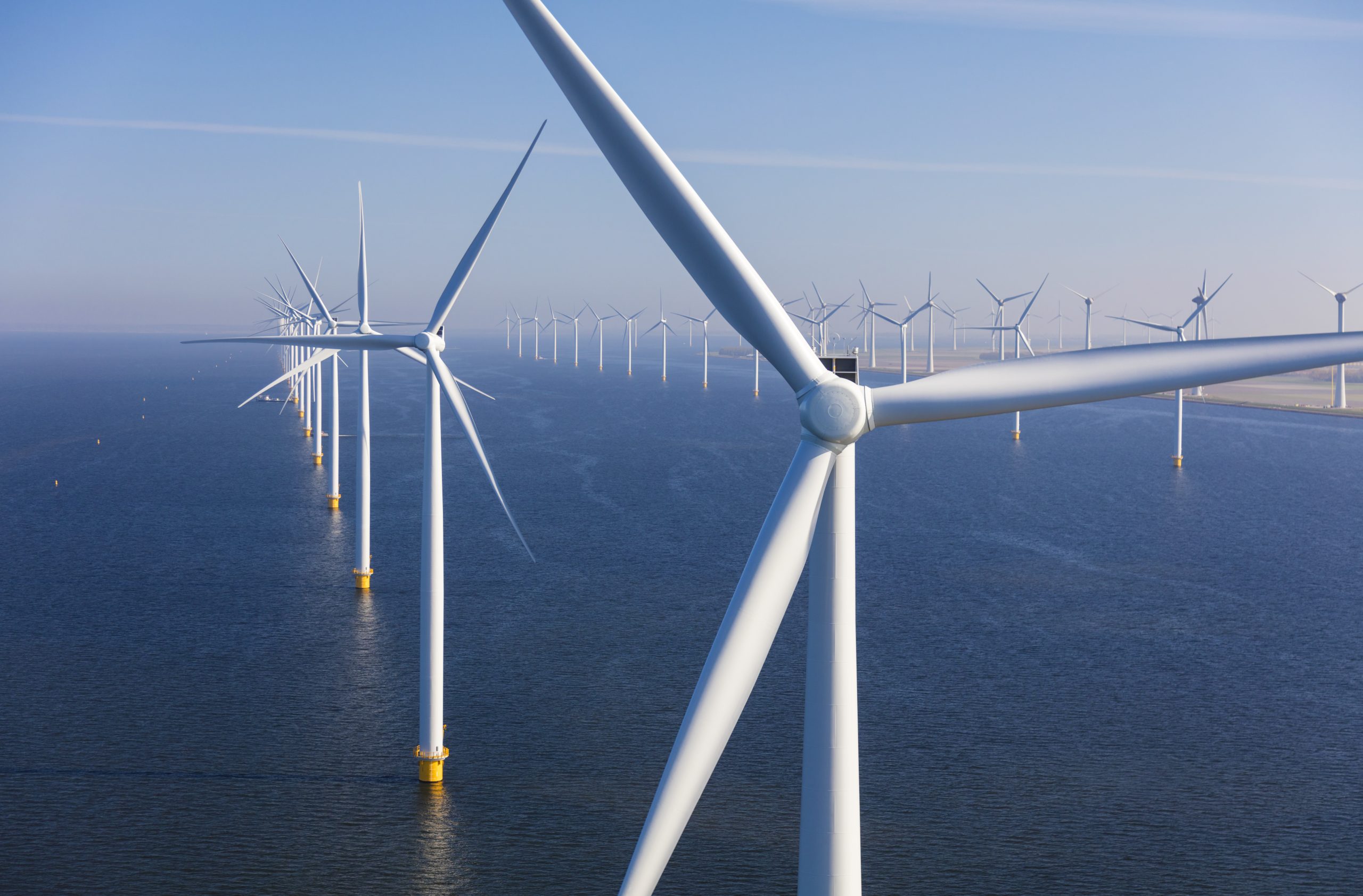
The Netherlands is taking a new step in wind energy with the Reliablade2-NL project. This initiative, supported by a consortium including TNO and Shell, focuses on predicting the lifetime of wind turbine blades. Through a combination of field measurements and numerical models, the remaining lifetime can be accurately determined. This has a potentially huge impact on the sustainability and cost of wind energy, a sector in which the Netherlands already occupies a European leadership position.
With the growth of offshore wind turbines and the goal of 75 percent power supply from offshore wind by 2030, this project marks a crucial development for a sustainable future. The Reliablade2-NL project, a partnership between renowned institutions such as TNO, Shell, and TU Delft, plays a key role in this.
Predicting residual life
The core of the Reliablade2-NL project is to monitor the condition of wind turbine blades during their lifetime. By using advanced digital twin concepts and improved blade modeling, the experts can predict the remaining lifetime of these blades. This is important not only for the lifetime of the blades themselves but also for planning maintenance and minimizing unexpected outages.
Dutch innovation at sea
The growth of offshore wind energy in the Netherlands is remarkable. By 2023, no other European country will have added as much wind power capacity as here. With a massive 40 percent increase in the number of wind turbines and a total capacity of 4.5 gigawatts, the Netherlands even surpasses the power of the Borsele nuclear power plant by a factor of nine. This puts the Netherlands firmly on the map as a leading nation in the transition to renewable energy.
Wind energy offers the Netherlands several advantages. It is currently one of the cheapest forms of power generation, with costs ranging between five and eight euro cents per kilowatt hour. This is significantly lower than nuclear, coal, and gas costs. Moreover, wind energy helps reduce carbon emissions, an important aspect of the fight against climate change.

Collaboration and research
Cooperation within the Reliablade2-NL project extends beyond residual lifetime prediction. A measurement campaign is also planned for an offshore wind farm, involving systems for monitoring blade conditions. TNO and TU Delft will conduct research on constructive diagnosis and forecasting, further supporting the stability and affordability of future energy systems.
Jan Vos, president of the Dutch Wind and Energy Association, predicts that offshore wind will provide 75 percent of the Netherlands’ power needs by 2030. This ambitious goal underscores the importance of projects such as Reliablade2-NL, which contribute to the reliability and longevity of wind turbine components.

